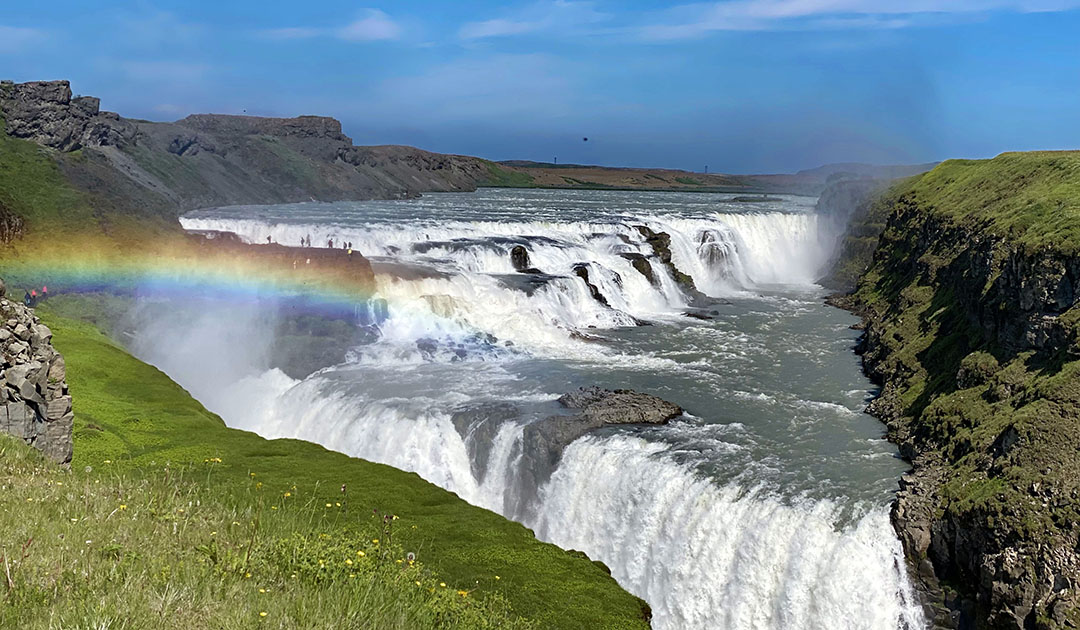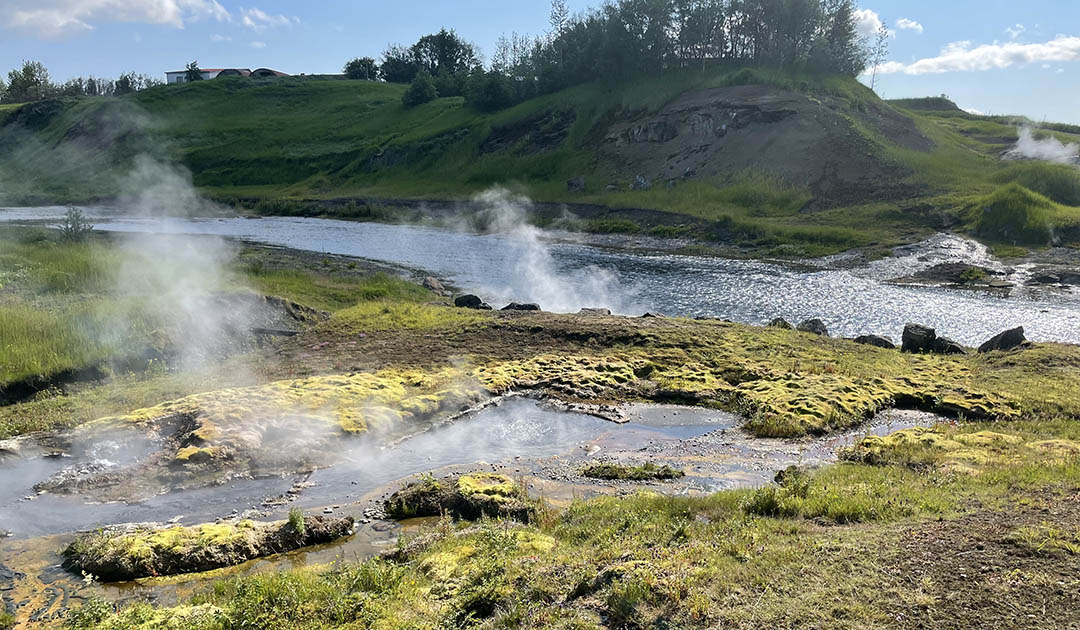
Around the world, the introduction of alternative energy sources is being increasingly examined in view of the growing impact of climate change and, in part, because of the war in Ukraine. Wind power is particularly high on the agenda. This is also the case in Iceland. The Icelandic government recently formed a working group to study the challenges and opportunities of wind power. In order to achieve its climate targets, Iceland also wants to strengthen the circular economy and thus use resources more efficiently.
Although Iceland is already able to cover 99.9 percent of its own electricity needs with hydropower and geothermal energy, i.e. renewable energies, the government wants to expand the power grid with energy from wind power. The three-member working group will study the wind power plans by Feb. 1, 2023, and will also examine the associated problems for people and nature. In addition to the large amount of land they consume, wind turbines can be particularly dangerous to birds.
“To achieve our climate goals, we need to use wind. However, it is important to reach the broadest possible consensus on its use. As with any green energy production, there must be a balance between conservation and use. I have high hopes for the work of this group,” says Guðlaugur Þór Þórðarson, Minister of Environment, Energy and Climate.
The government emphasizes in a press release that it is important to find a broad consensus among the population on the construction of wind farms and to take into account visual effects, wildlife and nature. If the decision is in favor of wind power, the turbines will be built in demarcated areas near existing substations and power lines to minimize the impact on the environment. So far, there are only two wind turbines in Iceland.

The legal framework in Iceland also still needs to be created for the implementation of the wind power project. In order not to reinvent the wheel, the working group wants to examine those of countries such as Norway, Denmark, Scotland and New Zealand, where the conditions for the use of wind energy are similar to those in Iceland.
Strengthening the circular economy
Just days after the wind power plans were announced, Minister Guðlaugur Þór Þórðarson announced funding for 22 projects to strengthen the circular economy totaling 230 million Icelandic kroner, about 1.65 million euros.
“The introduction of a circular economy is an important part of Iceland achieving its climate goals. It is therefore gratifying and optimistic to see the level of interest in this area, and it will be interesting to follow the development of the projects that are being promoted here,” says Þór Þórðarson.
According to a government press release, the promotion serves the:
- Strengthening waste prevention
- Improvement of waste separation
- Improve opportunities for waste recycling as close to the source as possible.
- Promote increased recycling of waste generated in Iceland.
- Promote opportunities for innovation and development of equipment that reduces waste volume or facilitates sorting, recycling, and other waste recovery.
The 22 funded projects include:
- Green chemical products from waste and emissions
- Use of plastic waste instead of coal in silicon metal and alloy production
- Recycling of building materials
- Organic fertilizer from salmon farming
- Adding value by reducing slaughter waste.
Julia Hager, PolarJournal Featured image: Jochen Vogt





